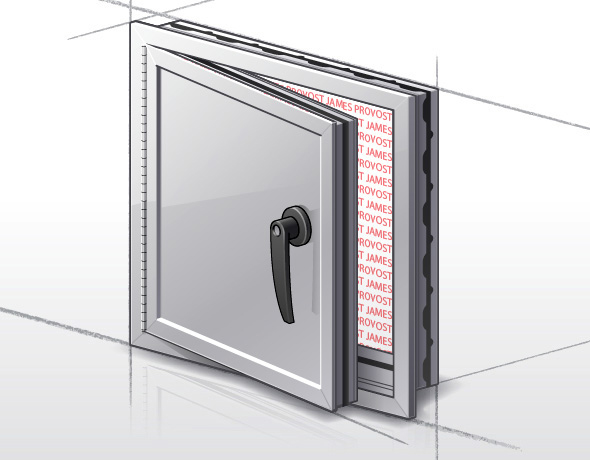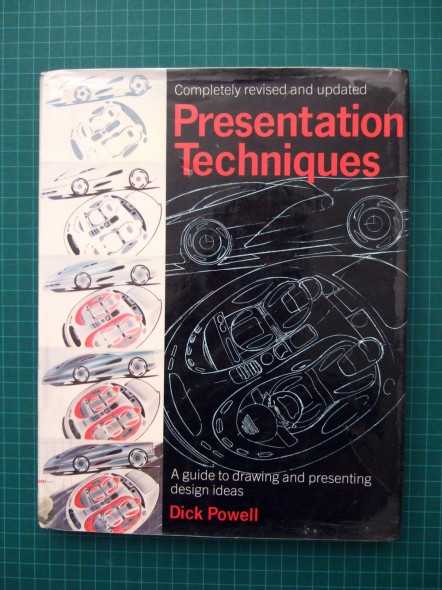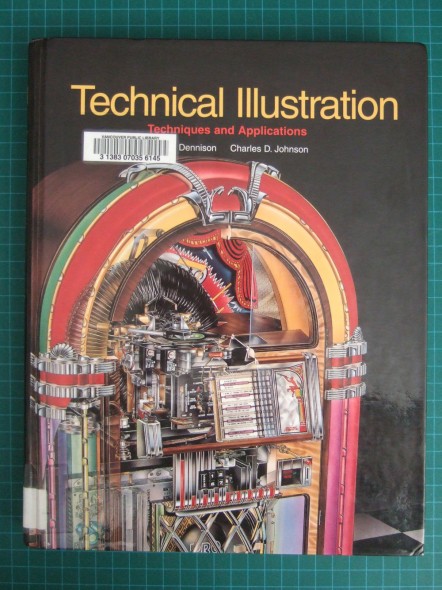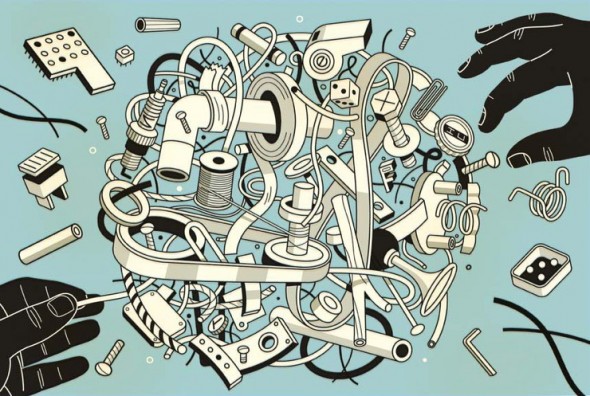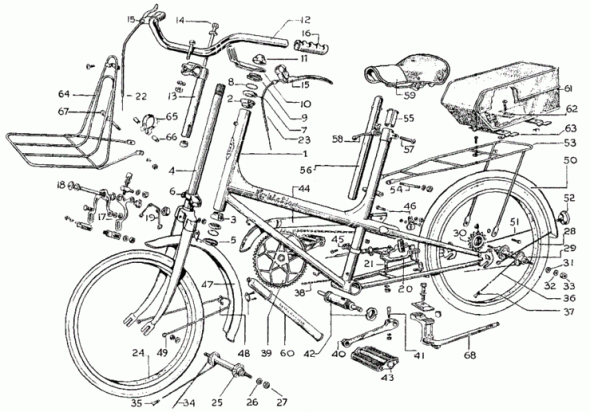Bill Mayer, a seasoned veteran illustrator, recently shared this cautionary tale. Innocently enough, he took on a cover illustration for an alternative weekly magazine with a very low budget because he loved the subject matter and thought that being an award-winning professional would earn him some creative freedom. Instead his best concepts were thrown out and his final illustration was micromanaged by the magazine’s advertisers. Then he was tarred and feathered by his peers for ever taking on the job.
Steve Brodner summed the whole thing up best:
One more thing I tell my students: if [clients] pay you like shit, they treat you like shit.
It might be a good time to review our tips on pricing technical illustration.
Have a similar horror story? Let us know if you can relate in the comments.

